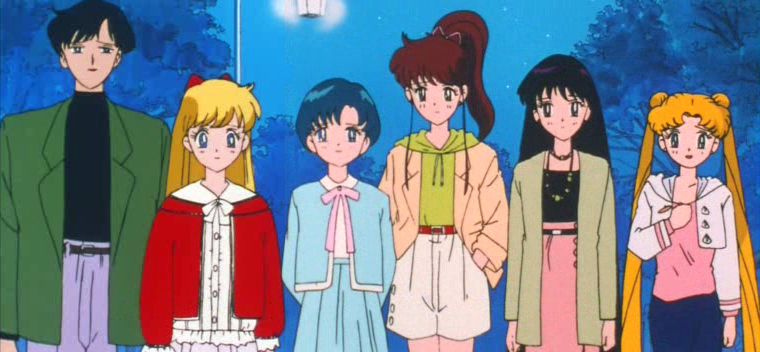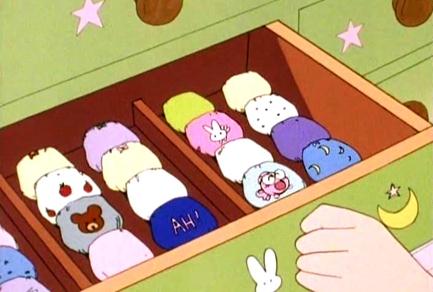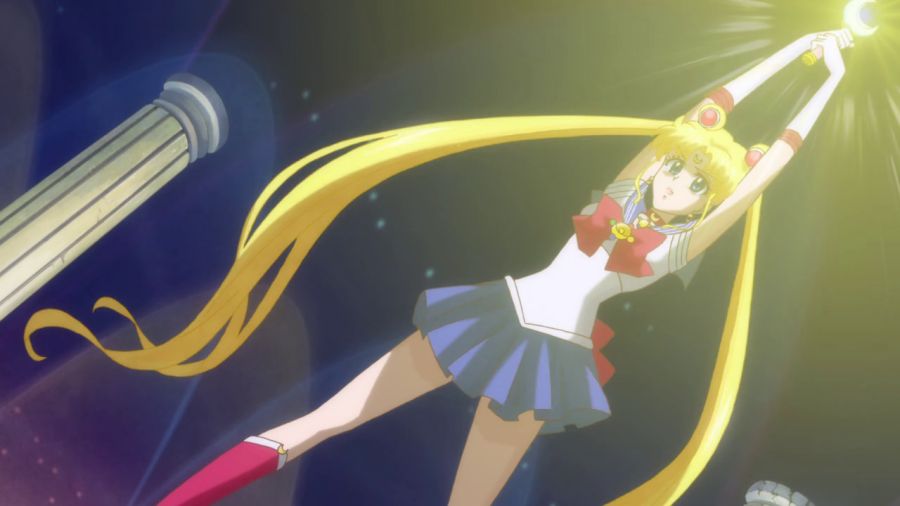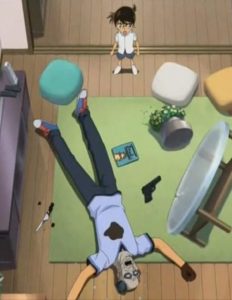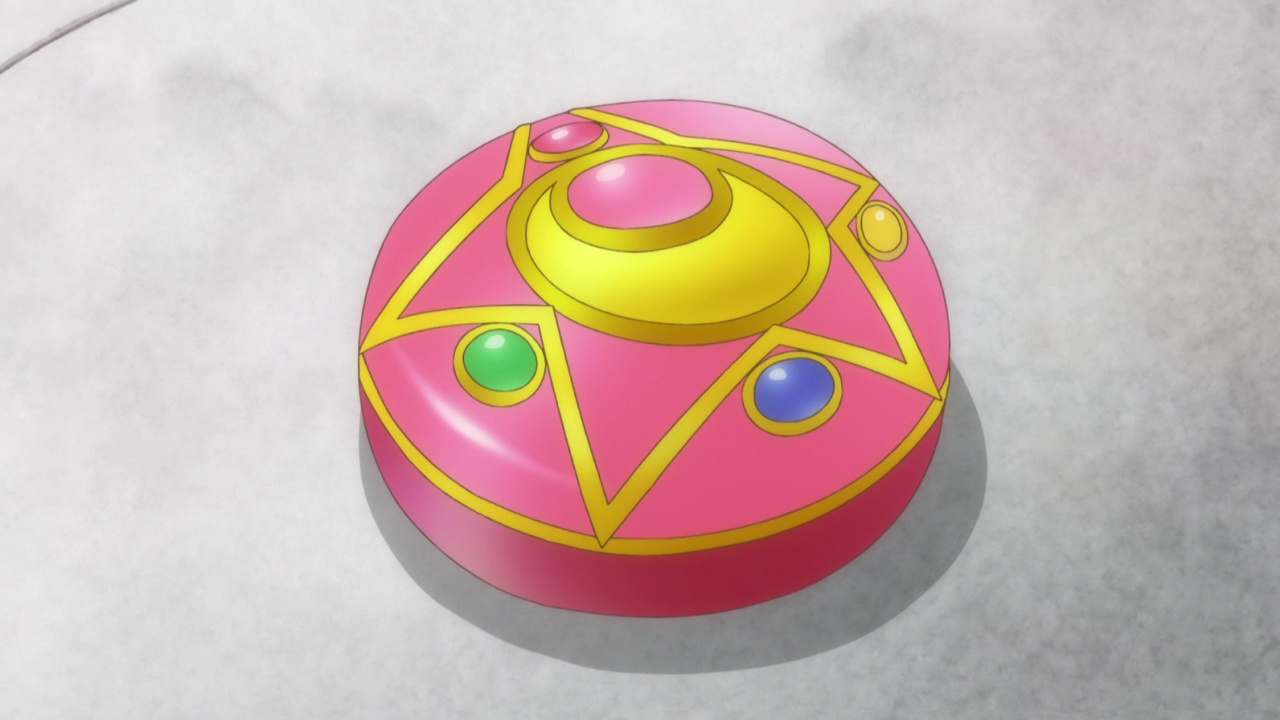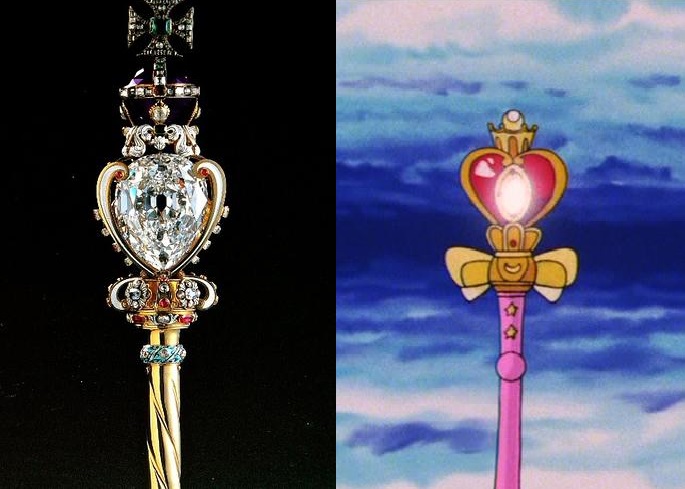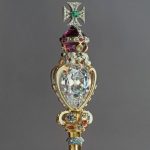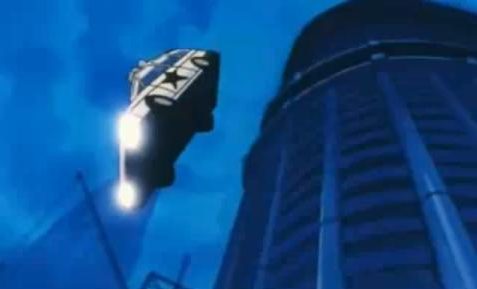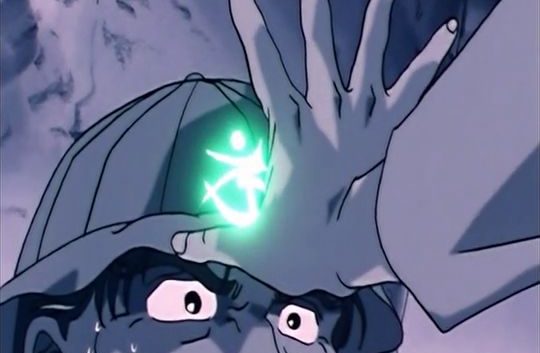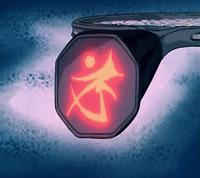This is yet another one of those odd questions that at first glance sounds completely obvious, but makes a lot less sense when you stop and actually start to think about it. I mean, of course ChibiUsa is sad to leave Usagi, Mamoru, and the Sailor Team to go back to the future. After all, she has to go all the way back to the future to be with… Usagi, Mamoru, and the Sailor Team? This is unfortunately one of those situations where there is no proper answer to the question, but it’s at least worth taking a look at it in a little further detail!
Tag Archives: Anime
Why Does a Fish Keep Appearing in Sailor Moon?
To be fair, this is probably not a question that has crossed many people’s minds, but I thought it was interesting enough that it was at least worth discussing. After all, while we all know that it’s not uncommon for Japanese anime and manga to make references to each other, for those who have grown up in the west — or are watching Sailor Moon decades after it first aired — the references are no longer instantly obvious. So just why does this odd fish keep appearing, and who/what is it?
Why Does Sailor Moon Heal Everyone?
An alternative title for this question is probably: “Why Doesn’t Sailor Moon Kill More People?” But that seemed a little dark, so I decided for some nicer phrasing. It’s not like we actually want Usagi to kill, right?
One thing that makes this question interesting is that, if Sailor Moon had been a cartoon originally made in the United States back in the early 90’s, I wouldn’t give this a second thought and it wouldn’t even occur to me that it’s odd that the vast majority of the monsters of the day (and even the major villains!) end up being ‘healed’ or otherwise brought over to the side of good. Even when the villains do wind up being killed in the anime, they usually die at their own hands, by being backstabbed by a colleague, or for some reason unrelated to the Sailor Team. But this is Japan, where the concept of showing bad (or even good!) people die in children’s media isn’t considered to be so wrong.
Take Detective Conan for example. Its target audience is mainly young children, and yet since the anime began its run in 1996, a total of 334 people have died as of episode 631.1 Since the story is meant to take place over just one year (without any of the fancy time-resets Sailor Moon is granted), that works out to 0.9 deaths per day!
Even in the live-action Super Sentai series,2 which Sailor Moon‘s concept is based on, at the very least the daily monsters were generally killed without a second thought.
The first, and most obvious answer, is the argument related to sexism (though not necessarily in a bad way): the Sailor Soldiers are girls, and thus are seen to be pure and shouldn’t be killing people. What makes this a particularly difficult to refute argument is that the Sailor Moon series essentially created the fighting superheroine genre3 in Japan, so we don’t have a lot of examples to go off of. But I personally don’t think that’s 100% of the story.
I wonder if, perhaps, this might be partially related to the major thematic element of the series – the moon. In fact, Japan’s first tv superhero, Moonlight Mask,4 also fought as a “soldier from the moon.” His name (月光仮面; gekkou kamen) actually comes from the Japanese name of the Buddhist bodhisattva Candraprabha,5 whose name is written in Japanese as 月光菩薩 (gakkou bosatsu; Moonlight Bodhisattva).
So how does this connect to the Sailor Soldiers always choosing to show mercy over killing? Well, Moonlight Mask’s motto (as a throwback to his Buddhist inspiration) might be the key:
憎まず、殺さず、許しましょう
“Do not hate, do not kill – let us forgive.”
Moonlight Mask was also known for not killing his enemies, possibly in reference to the Buddhist origins behind his name, but I also believe it’s related to the perception of the moon as a source of unsullied purity; a light in the darkness. This connection also is carried through into the Sailor Moon series, from the purity of the characters themselves and even back to the peace of the Silver Millennium, which was only put to an end due to the greed of humanity. But what about you? Do you think it’s simply a matter of tv viewers not wanting to see women kill, or is there possibly some other, deeper explanation that I missed?
As an interesting aside, between his turban, name, and all white outfit, he’s pretty clearly the inspiration behind Moonlight Knight, and also the second time Mamoru is based on an old Japanese superhero.
What Do the Colors on Sailor Moon’s Brooch Mean?
I’d like to thank a reader for sending this in because, I have to admit, that it the colors used in Sailor Moon’s brooch were just so natural that I never bothered to question it. But when you stop and take a look, you can’t help but wonder if there’s any method to the madness, any sort of order behind how Ms. Takeuchi arranged the colors as why. More specifically, the question posed is as follows:
What is the Inspiration for the Spiral Heart Moon Rod?
Throughout her time as a sailor-suited soldier of love and justice, dedicating her days to boring school work and evenings to punishing evil in the name of the moon, Sailor Moon has gone through quite a few different magical items and all manners of attacks. While I’m personally a fan of the traditional Moon Stick, which I think we can all agree has a pretty lackluster name, the inspiration behind the Spiral Heart Moon Rod is fascinating in its own right.
What makes the Spiral Heart Moon Rod so interesting is that its design, like the designs of other important items in the Sailor Moon canon, appears to be based on a real rod – a scepter1 – in the possession of the British Royal Family. Specifically, I’m referring to the Sovereign’s Scepter with Cross,2 part of the coronation regalia of the British monarchy.
In addition to the remarkable similarities in their general appearance, which is pretty convincing in its own, it’s also noteworthy that the Sovereign’s Scepter contains within it Cullinan I,3 the clearest cut diamond in the world – not too dissimilar from the legendary Silver Crystal itself! The curving lines reminiscent of a heart, the crown design on top, and the crystal embedded within all make this a pretty convincing basis for the design.
Taking into consideration that the talismans were also based on Western designs, it seems pretty fitting to me that Ms. Takeuchi would choose such a famous item from the crown jewels to use as the basis for her design. It also ties in nicely with her role as heir to the Silver Millennium and the future Neo-Queen of Crystal Tokyo.
Since we know that Ms. Takeuchi incredibly well-informed and clearly did a lot of research into various crystals, I think it would definitely be worthwhile to take a closer look at some of the broaches throughout the seasons, or maybe some of the other various sticks, wands, and scepters wielded by Sailor Moon. Just seeing something real that looks so similar really gives you a sense for just how impressive her attacks must have looked to the enemies she faces.
But what about you? What was your favorite of her weapons, and why? I’ve always loved the simplicity of the Moon Stick and how it even evolved once the Silver Crystal was added to it, but that’s just me. I’d love to hear other people’s opinions!
Why Did Mimete Call Eudial a Snail Lady?
At first glance, it doesn’t seem particularly noteworthy that Mimete would refer to Eudial at a “Snail Lady” since there are several scenes in the anime where Mimete uses them to harass her. But when you stop and think about it – as I’m wont to do with incredibly tiny details about anime – it doesn’t really make any sense why Mimete would call Eudial something that she so clearly dislikes. I mean, you don’t refer to someone with acrophobia1 as “Ms. Tall Places” or someone someone with an extreme dislike for legumes as “Mr. Bean,” right?2 So if that isn’t the reason, what is the connection between Eudial and snails?
What Does Nephrite’s Cursed Symbol Mean?
One of the interesting things about the Classic season of the Sailor Moon anime is that each of the Four Kings of the Dark Kingdom not only had their own unique objectives, but they also had their own youma and their own ways of trying to achieve their goals. While Jadeite may have decided to get energy en masse, for example, Nephrite chose to get energy from a person when they were at their peak. But there’s one thing that I always wondered about many years ago when I watched Nephrite put his mark on his future victims: does that mark actually have any sort of meaning behind it?
The answer to this question is unfortunately, like is often the case when discussing the world of Sailor Moon, both yes and no. While the producers behind the anime were no strangers to adding in obscure hidden references into the background of scenes or playing games with character names, the answer to this question is rather straightforward – if you know where to look for the answer.
Since we see Nephrite use this symbol in multiple episodes when he puts his mark on a possession important to each of his victims, we can pretty definitively state what the proper orientation is (i.e., which way is up and, thus, how it should be interpreted). When you look closely at it, you can see that this symbol is really nothing more than a stylized form of the katakana used to spell out his name in Japanese – more specifically, the ネ (ne) in ネフライト (nefuraito).
But that’s no good reason to get disappointed, not yet at least! First, we need a brief history lesson.1
Hiragana and katakana,2 the two Japanese syllabic alphabets, developed from evolutions – simplifications, really – of kanji, which had been previously used in the form of man’yogana3 wherein kanji was read not for its symbolic meaning, but was used to phonetically spell out Japanese words. This was obviously not ideal for several reasons:
- Very little consistency between authors over which kanji was used to represent which sound (i.e., there are dozens of kanji that can be pronounced ne, so which do you use?)
- Kanji is time-consuming to write and requires more finesse for fine lines
- It was unclear when a kanji should be read for pronunciation and when it should be read for meaning (a proper noun, for example)
The katakana symbol ネ (ne) comes from a simplification of the kanji 祢 (ne),4 more specifically, the left radical of that kanji. When you take a look at how the kanji is simplified when writing in one of the various cursive styles of Japanese calligraphy, you can see the similarities with Nephrite’s mark.
You can see that as the kanji is written in more stylistic manners, the left radical bears a strong resemblance to the mark that Nephrite leaves on all of his victims. It looks like what we have here is a case of the anime producers actually looking back to the past in order to create something new and unique. I told you this wasn’t a complete disappointment!
Now if only someone could explain to me why it would be okay for Nephrite and Naru to date, like the trouble with Usagi and Mamoru in the anime, I think all of my questions would be answered.
